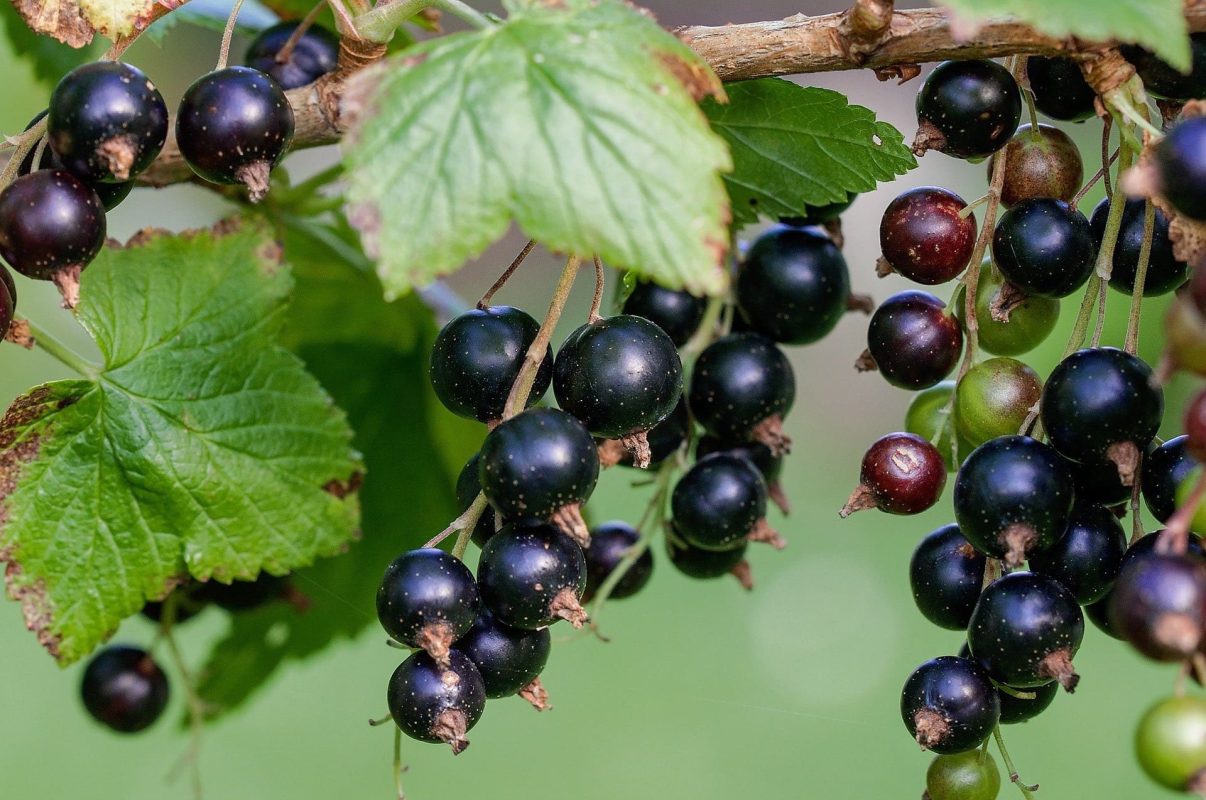YETRAC
Growing Blackcurrants at the Allotment
Growing Blackcurrants at the Allotment
Blackcurrants are a rewarding crop, known for their juicy, tart berries that are ideal for jams, desserts, and refreshing drinks. They are relatively easy to grow, making them a great addition to your allotment.
Choosing the Right Time and Location for Blackcurrants
Blackcurrants can be planted from dormant bare-root plants during winter to early spring, while container-grown plants can be established at any time of the year. They thrive in a sunny or lightly shaded spot, needing at least six hours of sunlight daily. Opt for moisture-retentive soil that allows good drainage.
Planting Blackcurrants: Key Steps
When planting blackcurrants, dig a hole slightly deeper than the root ball and ensure there is enough space for the roots to spread out. Enrich the soil with well-rotted manure or compost to provide essential nutrients. Once planted, press the soil firmly around the base and add mulch to help retain moisture and control weeds. If planting multiple bushes, keep them 5 to 6 feet apart for optimal air circulation.
Caring for Your Blackcurrant Bushes
To get the best from your blackcurrant plants, regular pruning is essential, ideally during winter while the plant is dormant. This encourages new growth and helps maintain the plant’s shape. In areas prone to late frosts, consider protecting the plants during flowering to avoid damage to future yields.
During dry periods, water the plants well, especially in their first year. Once established, blackcurrants require less frequent watering. To prevent birds from snacking on your crop, consider using netting or a fruit cage.
Harvesting Blackcurrants for Maximum Yield
Blackcurrants are typically ready for harvesting from July to August. The berries are at their best when dark, plump, and juicy. Harvest in stages as the berries ripen to ensure they’re at peak flavor. Ripe berries should easily come away from the stems with a gentle tug.
Common Pests and Problems to Watch Out For
Blackcurrants are relatively hardy but can be affected by a few common pests and diseases:
- Aphids can infest bushes, damaging leaves and reducing yields. Keeping an eye out for these and using organic pest control methods can help.
- Powdery Mildew can appear as a white coating on leaves, hindering growth. Ensure good airflow around plants and consider resistant varieties.
- Birds are a major concern, especially blackbirds. Protect your plants with netting or fruit cages to keep your harvest intact.
Blackcurrant Varieties to Consider
Choosing the right variety is crucial for a successful crop. Some popular blackcurrant varieties include:
- Ben Connan: Known for its high yield, large berries, and good disease resistance.
- Ben Sarek: A compact option, perfect for smaller gardens, with an excellent flavor.
- Ben Lomond: Vigorous and disease-resistant, producing large, juicy berries ideal for eating fresh or making preserves.
Culinary Uses for Blackcurrants
Blackcurrants are versatile in the kitchen, lending their tart and robust flavor to various dishes and drinks. They’re perfect for making:
- Jams and Jellies: Use them to make rich and flavorful spreads for toast, scones, and cakes.
- Refreshing Drinks: Transform blackcurrants into cordials, syrups, or even homemade fruit juices.
- Baked Goods: Add them to pies, crumbles, and tarts for a burst of flavor.
- Smoothies and Snacks: Use fresh or frozen blackcurrants in smoothies, yoghurts, or dried snacks.
Summary of Growing Blackcurrants
Planting Blackcurrants
- Plant dormant bare-root trees in winter to early spring.
- Plant container-grown blackcurrants any time of year.
- Select a sunny or lightly shaded spot with good soil.
Growing Blackcurrants
- Water regularly during dry spells until the plants are established.
- Protect plants from frost and birds.
- Prune annually to encourage new growth.
Harvesting Blackcurrants
- Harvest from July to August.
- Pick berries when they are dark, plump, and juicy.
- Eat them fresh, use them in recipes, or freeze them for later.
This comprehensive guide aims to help you cultivate a bountiful crop of blackcurrants at your allotment. With the right care and attention, you can enjoy a delicious harvest year after year!

